The Secret History Of Our Streets
Charles Booth's survey of London is the most ambitious social survey ever conducted. Starting in 1886, it took Booth 17 years to visit every one of its tens of thousands of streets.
When he was finished, he'd produced a series of stunning social maps, which colour-code each of London's streets according to the class of its residents - from yellow for the Servant Keepers, all the way down to black, for Vicious and Semi-Criminal.


Charles Booth's descriptive map of Deptford, London
We were determined that the people of each street would tell their own story, collectively, for themselves. But handing over the story to the residents was a challenge, because most knew only fragments of the street's story. There were no 'experts' in Deptford High Street and historians don't specialise in single streets.
The Deptford High Street we found is one of the poorest shopping streets in the country. But when Charles Booth had arrived in the 1890s it was the Oxford Street of south London - so prosperous that many of its working class shopkeepers kept domestic servants.
BBC - BBC TV blog: The Secret History Of Our Streets
BBC Two - The Secret History of Our Streets, Series 1
Following this very successful first series, BBC Two now takes us to Scottish cities:
The people of Duke Street in Glasgow are famous for getting together and defying their Council leaders who wanted to demolish the buildings:
Campaigning of residents on Glasgow's famous Duke Street to be celebrated in major new documentary
Jul 30, 2014 00:01 By Paul English
THE pioneering work of Reidvale Housing Association around the east end of Glasgow’s Duke Street - the longest street in the UK - features in The Secret History of Our Streets.
 Duke Street, Glasgow
Duke Street, GlasgowTHE legacy of campaigning residents on one of Glasgow’s most famous streets at the centre of the Commonwealth Games celebrations is to be celebrated on a major new BBC documentary.
The pioneering work of Reidvale Housing Association in the east end of Glasgow is the focus of an hour-long film detailing how strident community activism paved the way for the Housing Association movement across the UK.
The area around the east end of Glasgow’s Duke Street - the longest street in the UK - features in The Secret History of Our Streets, to be shown on BBC2 this week.
It was a zone earmarked for demolition by the city fathers in the late 1960s, with generations of working families set to be displaced into outlying schemes.
Glasgow council leaders pushed through compulsory purchase orders and plans for the demolition of many Dennistoun tenements.
Residents were to be decanted into schemes in areas like Easterhouse or into new high rises like the now-deserted Bluevale and Whitevale Towers in the east end, a notorious testimony to failed urban planning projects of the mid 1960.
But the pluck and resistance of a tight-knit group of community campaigners, dubbed “The Bathgate Street Mafia”, stalled bulldozers and established the UK’s first resident-run housing association successfully securing central government funding.
Thousands of families were “saved” from being shunted out into the schemes or into so-called cities in the sky thanks to the determination of activists led by the late John Butterly, who was awarded an MBE for his services to the community in 1987.
 VIEW GALLERY
VIEW GALLERY Campaigner Irene McInnes recalled: “They were telling us how they wanted to demolish the whole south side of Duke Street. John stood up at the public meeting and said ‘You go and live in Easterhouse if you like. I will not.”
The film also charts the area’s bygone social divisions, with doctors and lawyers being encouraged in the 1800s by the wealthy Dennistoun family - owners of a leafy country estate to the north of Duke Street - to live in spacious purpose-built gated communities, behind the slum conditions endured by working class families in nearby tenements.
It also laments the demise of notable Victorian architecture in the area, specifically the once-luxurious marble-clad Whitevale Baths which boasted a Turkish baths, reading rooms and a classic Glasgow “steamie”.
Now a listed building, it fell into desrepair and was abandoned by the council in 1988 and was partially demolished in 2012. Local Harriet Stomboli said: “If I won the lottery I would buy this building, because I think it is the most lovely building going to waste, and I would convert it in to something for our area that would do benefit to the people. I would definitely buy this building if I won money.”
Series advisor Dr Gerry Mooney, of the Open University, said: “The programme highlights the issues of power, social inequality and marginalisation that exist within Scotland, as well as the struggles of its people to build a sense of community, a sense of place – often in very difficult circumstances. We hope that the programmes will inspire viewers across the country to uncover the secret histories of their own streets and areas.”
The series will focus on Aberdeen’s Footdee Squares, a model housing scheme build for fishermen in the late 19th Century.
• The Secret History of Our Streets, BBC2, Friday, 9pm
Campaigning of residents on Glasgow's famous Duke Street to be celebrated in major new documentary - Scotland Now
See also:
Futures Forum: Gerald Counter's Sidmouth: an insight into Eastern Town
Futures Forum: The Man Who Fought the Planners: Ian Nairn
Futures Forum: Heritage! The Battle for Britain's Past... Where for the future...
Futures Forum: From Bury to Sidmouth: book launch
.
.
.

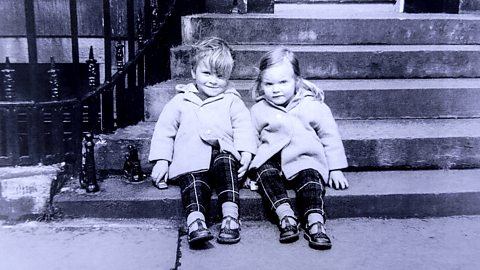
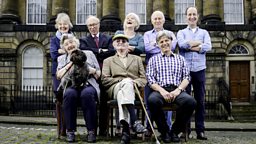
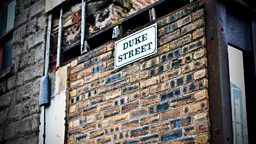

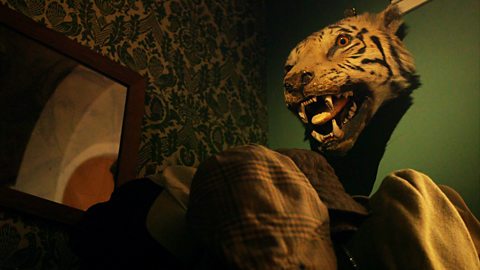
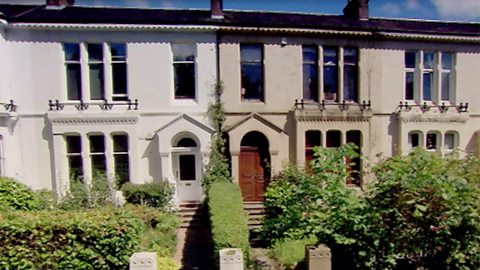
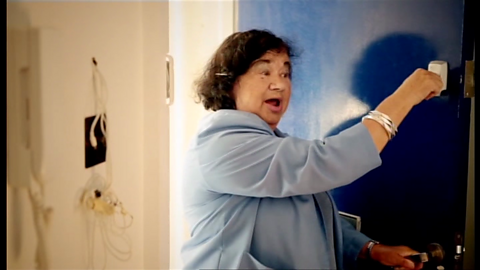
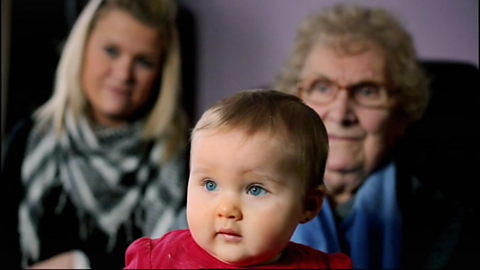

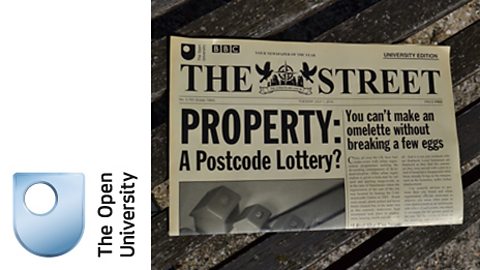
No comments:
Post a Comment